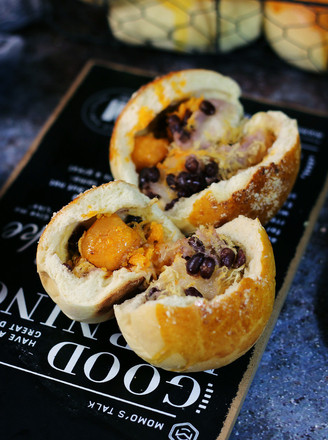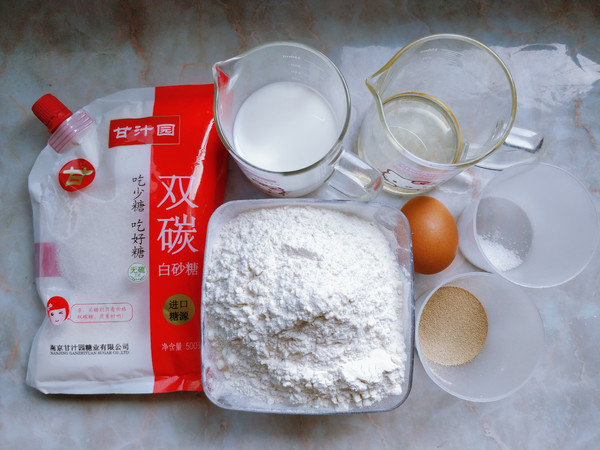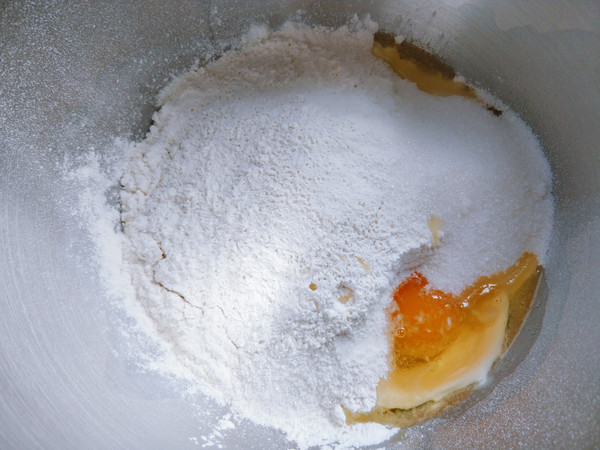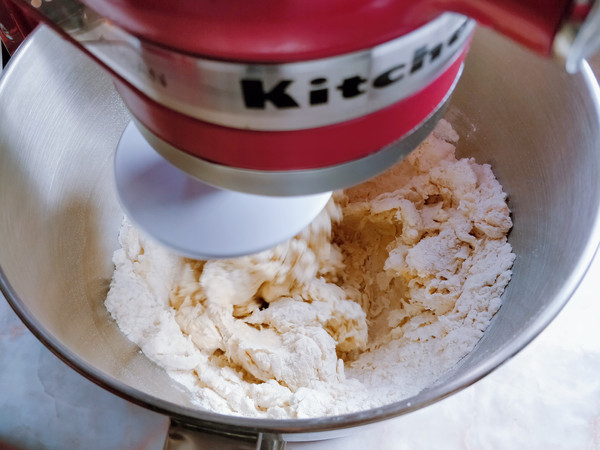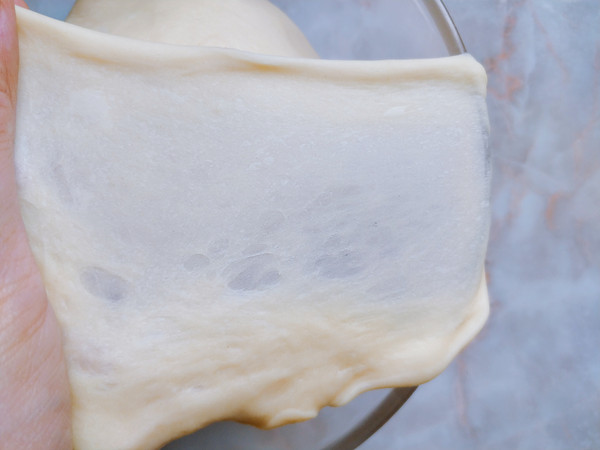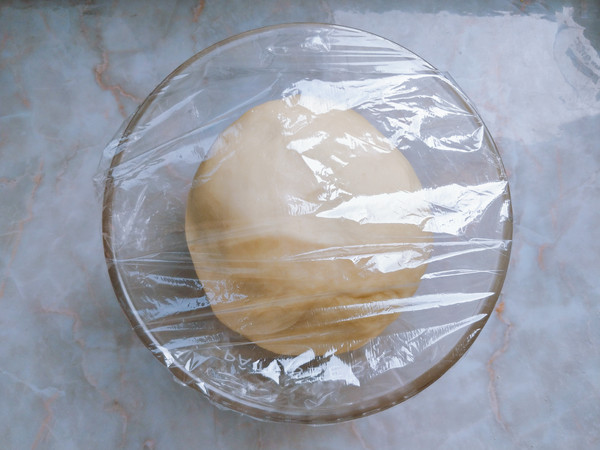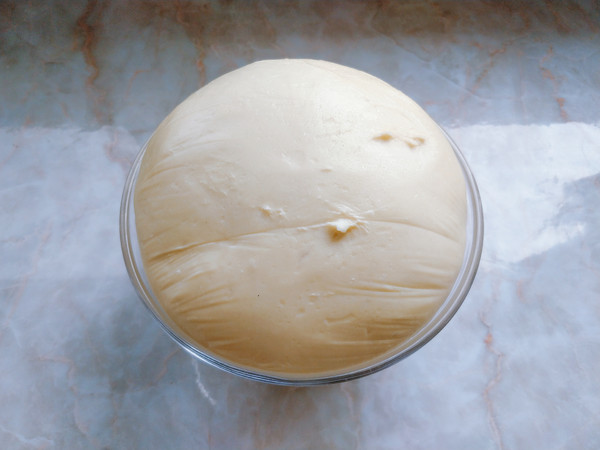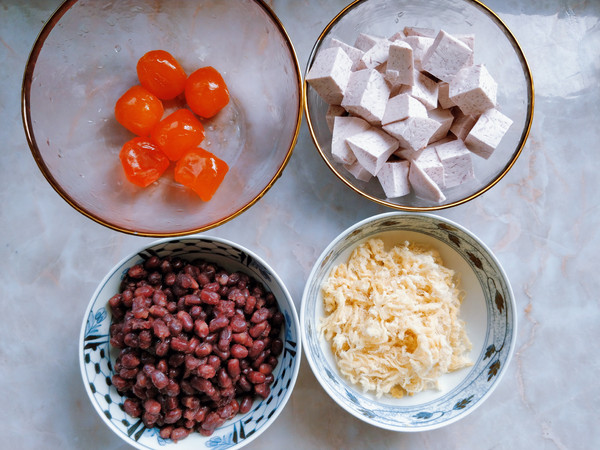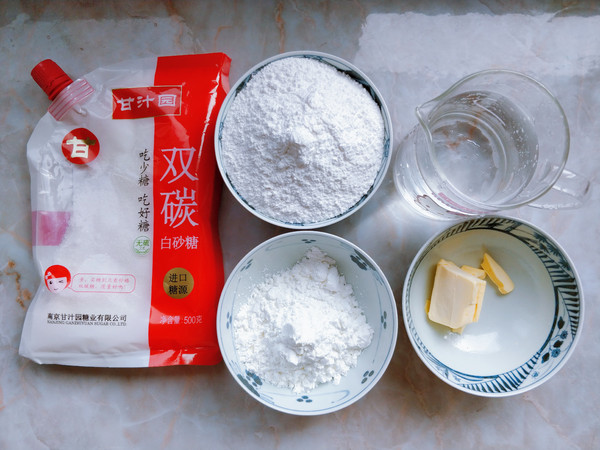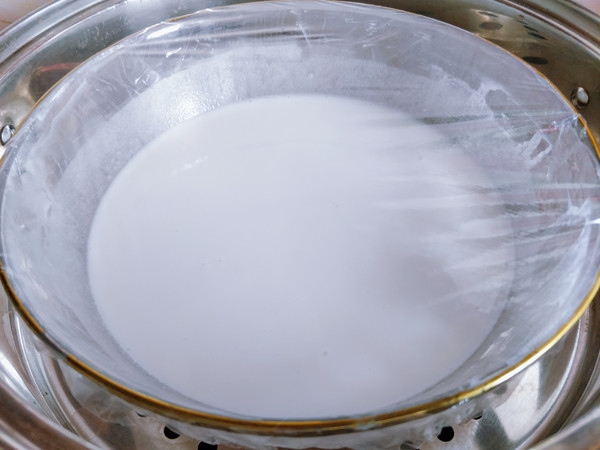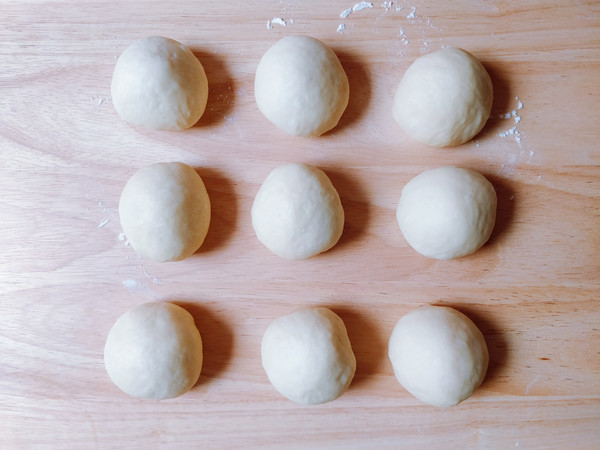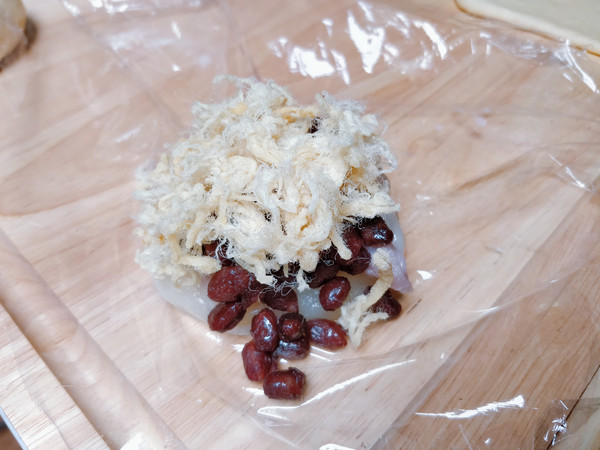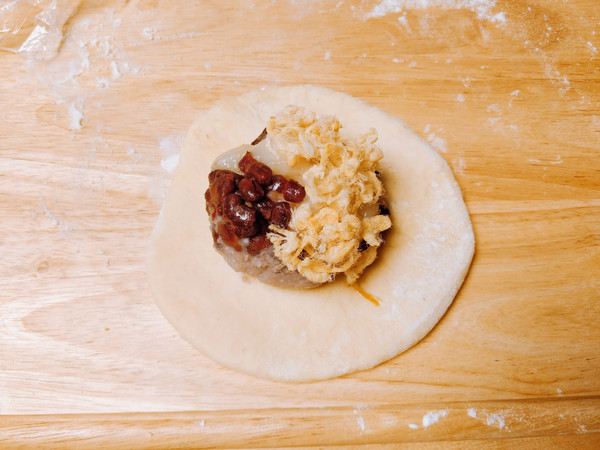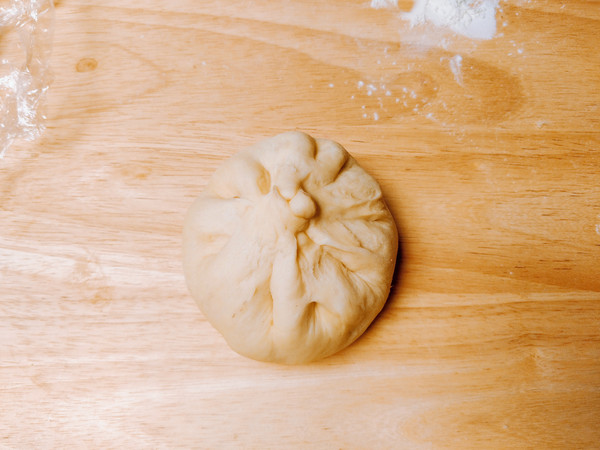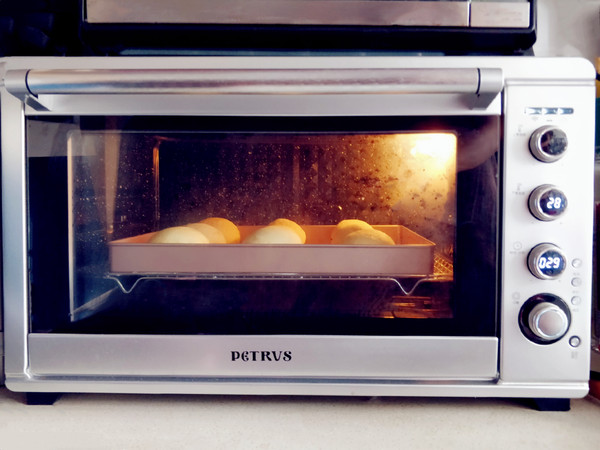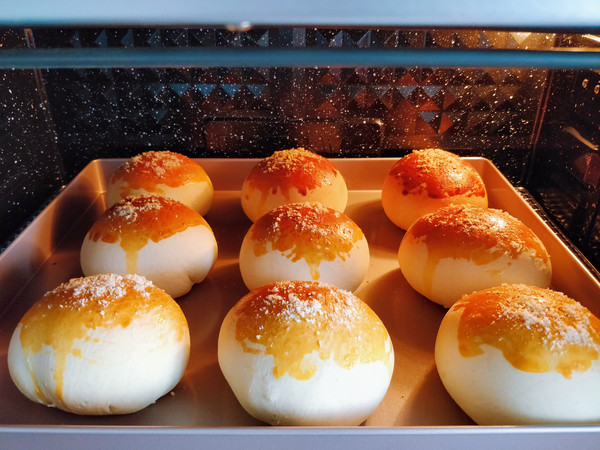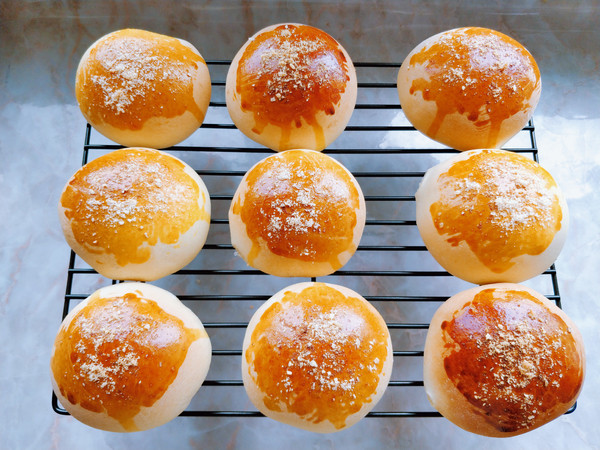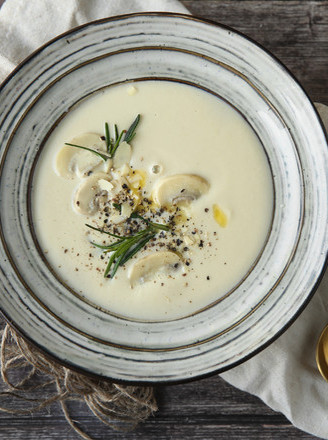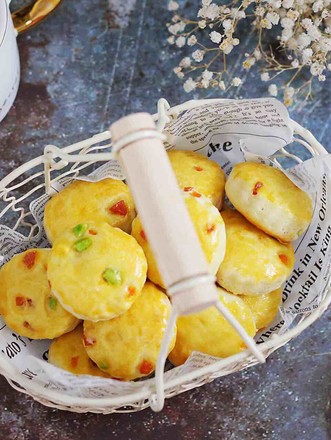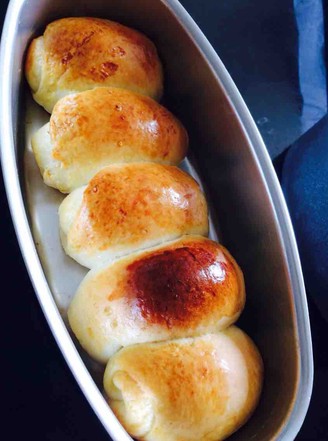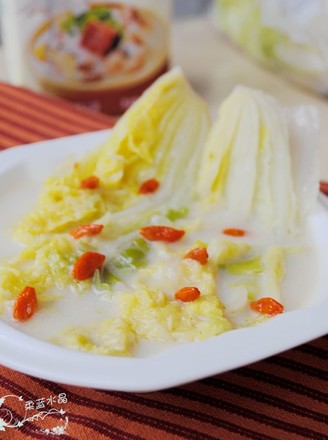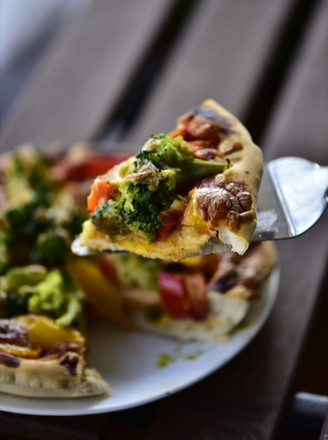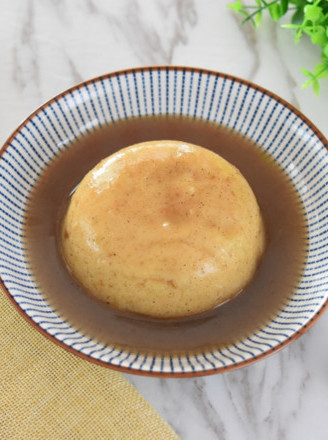Egg Yolk, Floss, Mochi, Red Bean and Taro Bag
by Looking for Peach Blossom Island
Favorite
Difficulty
Normal
Time
2h
Serving
2
Egg yolk, floss, mochi, red bean and taro bag——
The name of this bread is so long because it brings together almost all the delicious internet celebrities-whether it's smooth and silky mochi, or a balance of salty and sweetness, savory egg yolks, pork floss and honey beans, or mellow. The taro mash can be found here. And these kinds of flavors are unexpectedly coordinated. Every bite in a different part has a different deliciousness, which is full of surprises. No wonder it has become the signature product of many pastry shops this year, and many young people have to line up to buy and eat.
Its production method is similar to that of ordinary stuffing small meal buns. Because the stuffing is richer, it is a little more troublesome, but it is not difficult. You can make it yourself at home. Let's take a look at how to do it next.
A. Bread body: 200 grams of milk, 4 grams of yeast powder, 380 grams of high-gluten flour, 1 egg, 40 grams of white sugar, 2 grams of salt, and 20 grams of corn oil.
B. Filling: 9 salted egg yolks, 180 grams of pork floss, 150 grams of honey beans, appropriate amount of mochi filling, appropriate amount of taro mash.
C. Mochi filling: 180 grams of glutinous rice flour, 55 grams of corn starch, 70 grams of white sugar, 15 grams of butter (or corn oil).
D. Taro puree: 100 grams of taro, a little water.
E. Decoration: 1 egg yolk, a little water, and a little coconut paste.
The name of this bread is so long because it brings together almost all the delicious internet celebrities-whether it's smooth and silky mochi, or a balance of salty and sweetness, savory egg yolks, pork floss and honey beans, or mellow. The taro mash can be found here. And these kinds of flavors are unexpectedly coordinated. Every bite in a different part has a different deliciousness, which is full of surprises. No wonder it has become the signature product of many pastry shops this year, and many young people have to line up to buy and eat.
Its production method is similar to that of ordinary stuffing small meal buns. Because the stuffing is richer, it is a little more troublesome, but it is not difficult. You can make it yourself at home. Let's take a look at how to do it next.
A. Bread body: 200 grams of milk, 4 grams of yeast powder, 380 grams of high-gluten flour, 1 egg, 40 grams of white sugar, 2 grams of salt, and 20 grams of corn oil.
B. Filling: 9 salted egg yolks, 180 grams of pork floss, 150 grams of honey beans, appropriate amount of mochi filling, appropriate amount of taro mash.
C. Mochi filling: 180 grams of glutinous rice flour, 55 grams of corn starch, 70 grams of white sugar, 15 grams of butter (or corn oil).
D. Taro puree: 100 grams of taro, a little water.
E. Decoration: 1 egg yolk, a little water, and a little coconut paste.

